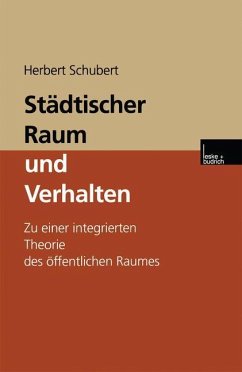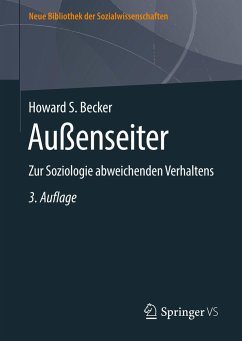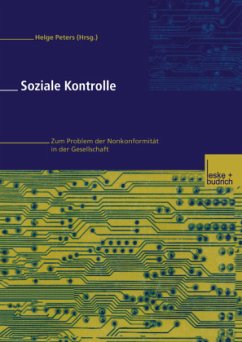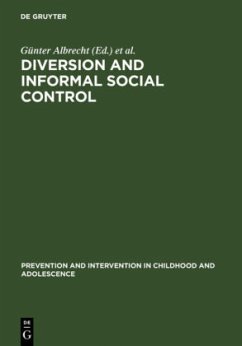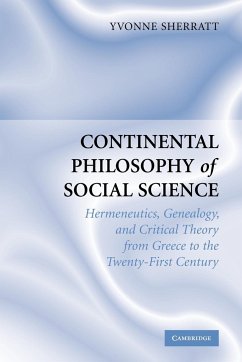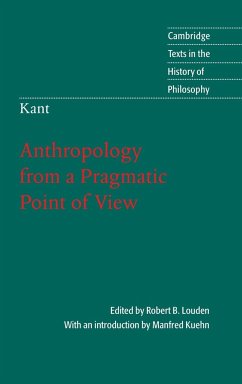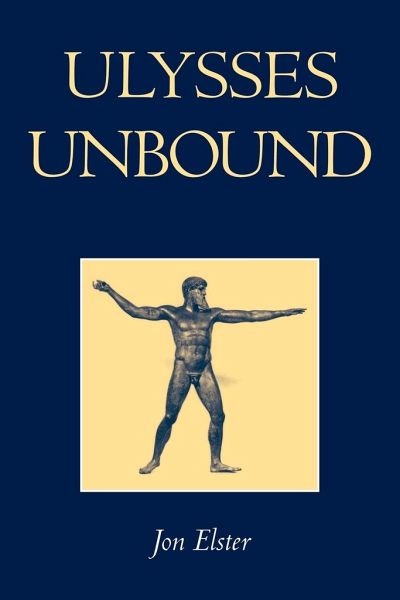
Ulysses Unbound
Studies in Rationality, Precommitment, and Constraints

PAYBACK Punkte
18 °P sammeln!
Common sense suggests that it is always preferable to have more options than fewer, and better to have more knowledge than less. This provocative book argues that, very often, common sense fails. Sometimes it is simply the case that less is more; people may benefit from being constrained in their options or from being ignorant. The three long essays that constitute this book revise and expand the ideas developed in Jon Elster's classic study Ulysses and the Sirens. It is not simply a new edition of the earlier book, though; many of the issues merely touched on before are explored here in much ...
Common sense suggests that it is always preferable to have more options than fewer, and better to have more knowledge than less. This provocative book argues that, very often, common sense fails. Sometimes it is simply the case that less is more; people may benefit from being constrained in their options or from being ignorant. The three long essays that constitute this book revise and expand the ideas developed in Jon Elster's classic study Ulysses and the Sirens. It is not simply a new edition of the earlier book, though; many of the issues merely touched on before are explored here in much more detail. Elster shows how seemingly disparate examples which limit freedom of action reveal similar patterns, so much so that he proposes a new field of study: constraint theory. The book is written in Elster's characteristically vivid style and will interest professionals and students in philosophy, political science, psychology, and economics.







